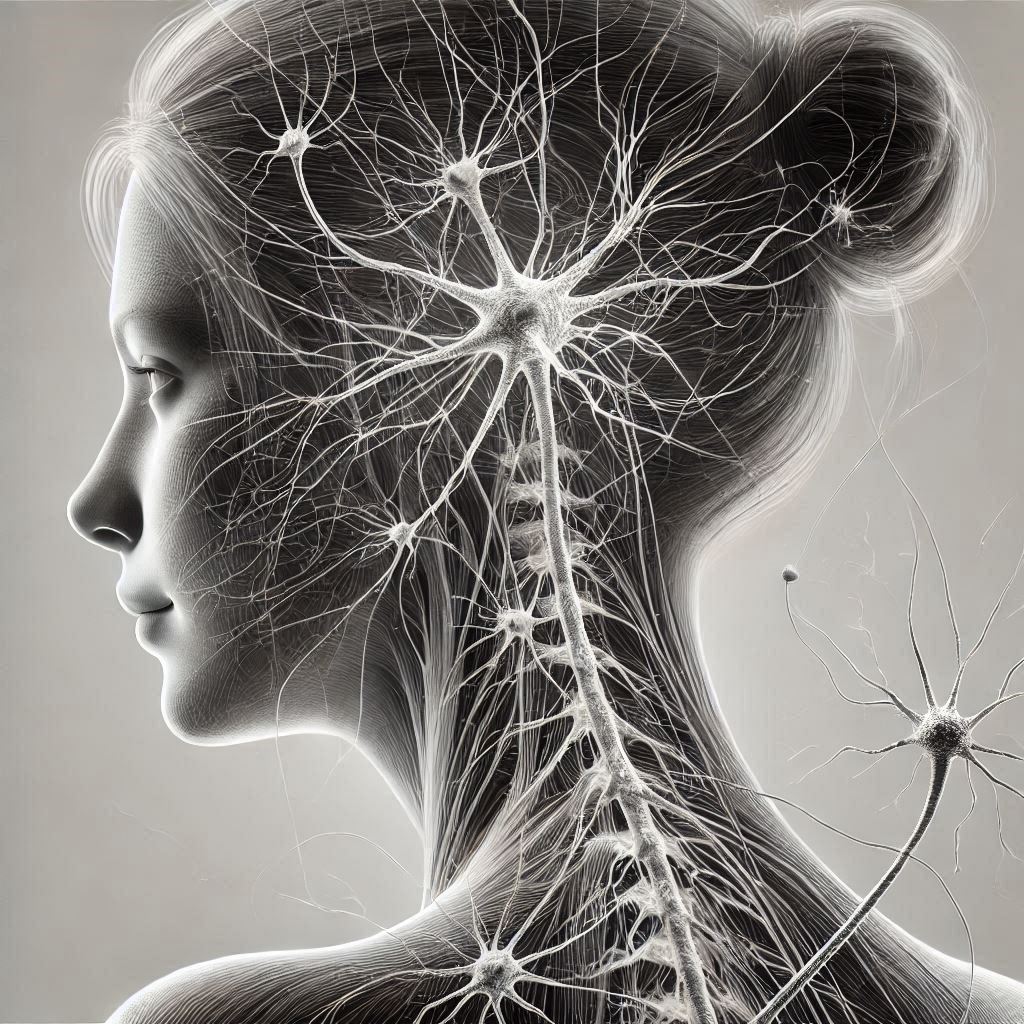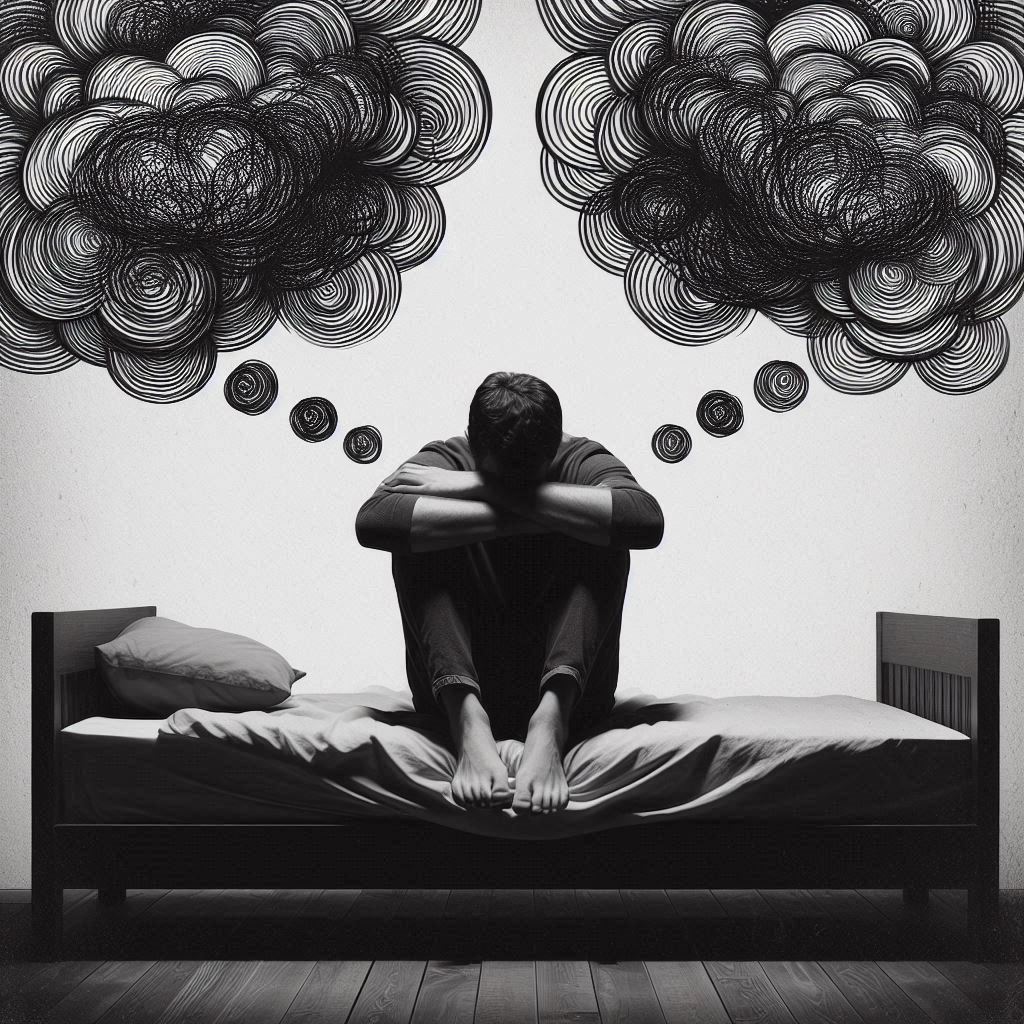I know the feeling all too well. That sudden, overwhelming sense of fear and dread. The racing heart, the sweaty palms, the feeling that you can’t breathe. Panic attacks are no joke, and if you’re reading this, chances are you’ve experienced them firsthand.
But here’s the thing: you don’t have to let panic attacks control your life. And you don’t necessarily need medication to manage them. I’ve been there, and I’ve found ways to cope with panic attacks without relying on pills.
Ready to take back control? Let’s dive into some proven methods for stopping panic attacks in their tracks, no prescription required.
What Is a Panic Attack?
Panic attacks hit without warning and are typically accompanied by overwhelming fear and intense physical responses in ordinary circumstances when there isn’t any clear threat, according to the Cleveland Clinic. Unlike anxiety, which might be triggered by a specific concern, there’s often no apparent cause.
While panic attacks are often caused by panic disorder, they can also happen to people with other health issues, such as other anxiety disorders, mood disorders, psychotic disorders, or substance use disorders.
Symptoms of a Panic Attack
Panic attacks can cause physical and emotional symptoms, including:
- Palpitations, pounding heart, or accelerated heart rate
- Sweating
- Trembling or shaking
- Sensations of shortness of breath or smothering
- Feelings of choking
- Chest pain or discomfort
- Nausea or abdominal distress
- Feeling dizzy, unsteady, light-headed, or faint
- Chills or heat sensations
- Numbness or tingling sensations
- Derealization (feelings of unreality) or depersonalization (being detached from oneself)
- Fear of losing control or “going crazy”
- Fear of dying
The Diagnostic and Statistical Manual of Mental Health Disorders, Fifth Edition (DSM-5) defines a panic attack as “an abrupt surge of intense fear or discomfort.” They tend to start without warning, and symptoms reach a peak within minutes.
Panic attacks occur when the body’s natural “fight or flight” response to danger is triggered without an obvious cause. This can cause physical symptoms like a racing heartbeat, shortness of breath, or nausea.
I remember my first panic attack vividly. My heart was pounding out of my chest, I couldn’t catch my breath, and I felt an overwhelming sense of dread, like something terrible was about to happen. It was terrifying. But over time, I learned that panic attacks, while extremely uncomfortable, are not actually dangerous.
The physical symptoms are caused by the body’s natural response to perceived threat. Understanding this helped me ride out the attacks without fear that I was going crazy or having a heart attack.
Causes Other Than Anxiety
It’s important to note that while panic attacks are commonly associated with anxiety disorders like panic disorder, they can also be caused by other underlying health conditions. Some possibilities include:
- Heart problems like mitral valve prolapse
- Respiratory disorders like asthma or chronic obstructive pulmonary disease (COPD)
- Thyroid problems like hyperthyroidism
- Side effects from certain medications
- Withdrawal from drugs or alcohol
If you’re experiencing recurrent panic attacks, it’s wise to see your doctor to rule out any potential underlying medical causes and discuss your treatment options. Panic attacks are highly treatable, and there are many ways to effectively manage symptoms.
Proven Ways to Stop Panic Attacks Without Medication
“You can’t prevent a panic attack,” says Philip Muskin, MD, a psychiatry professor at Columbia University and a practicing psychiatrist in New York City. “But there are several different things you can do in the moment and with treatment to manage them when they happen.”
While medication can be an effective treatment option for some, many people prefer to manage symptoms with therapy and lifestyle changes alone.
Here are some drug-free strategies that may help stop panic attacks:
Deep Breathing
Breathe slowly and deeply, feeling your stomach rise and expand with each inhalation. Exhale slowly, focusing on the sensation of releasing tension.
When I feel a panic attack coming on, I immediately shift my focus to my breath. I inhale for a count of four, hold for four, exhale for four, and hold for four.
Repeating this rhythmic breathing helps calm my nervous system and keeps me grounded in the present moment.
Progressive Muscle Relaxation
Progressive muscle relaxation involves tensing one muscle group at a time, and then completely releasing the tension until every muscle in the body is relaxed.
This technique can help reduce overall tension and promote relaxation during a panic attack. I like to start with my toes and work my way up, tensing each muscle group for 5-10 seconds, then releasing.
Focusing on the physical sensations keeps my mind from spiraling into anxious thoughts. After going through my whole body, I feel calmer and more centered. Mindfulness involves focusing your awareness on the present moment without judgment.
Grounding exercises use the five senses to connect you with your surroundings. Examples include naming 5 things you can see, 4 things you can touch, 3 things you can hear, 2 things you can smell, and 1 thing you can taste.
When I’m in the midst of a panic attack, I look around and mentally name everything I see – the green leaves on the tree outside my window, the blue coffee mug on my desk. Engaging my senses in this way pulls me out of my anxious thoughts and anchors me to the present.
Lifestyle Changes to Reduce Anxiety
Making healthy lifestyle changes can go a long way in managing panic attacks and anxiety symptoms. Some tips:
- Limit caffeine and alcohol, which can worsen anxiety
- Eat regular meals to keep blood sugar stable (drops in blood sugar can mimic anxiety symptoms)
- Get 7-9 hours of sleep each night
- Practice meditation or yoga to promote relaxation
- Engage in regular exercise, which can reduce stress hormones
I’ve found that prioritizing sleep, avoiding too much caffeine, and getting outside for a walk each day makes a huge difference in my anxiety levels.
When I’m taking care of myself physically, I’m much more resilient to stress and less likely to spiral into panic.
While panic attacks can feel overwhelming and frightening, it’s reassuring to know there are many effective ways to manage them without relying on medication.
With the right tools and support, it’s absolutely possible to reduce the frequency and intensity of panic attacks and improve your overall quality of life.
Key Takeaway:
Panic attacks might feel terrifying, but they’re not dangerous. You can manage them by focusing on deep breathing, relaxing your muscles progressively, staying present through mindfulness, and making healthy lifestyle tweaks. Remember, you’re not alone in this.
When to Seek Professional Help for Panic Attacks
If you’re struggling with panic attacks, you’re not alone. Millions of people experience these sudden, intense episodes of fear and anxiety.
But here’s the thing: you don’t have to face this battle on your own. I know firsthand how terrifying and isolating panic attacks can feel. It’s like your mind and body are betraying you, leaving you gasping for air and convinced you’re losing control.
Years went by, me keeping it all bottled up inside until I couldn’t anymore and decided to seek out some help (just leaving the house was enough to make my ears ring and pulse race). And let me tell you, it was a game-changer.
Turns out, one effective strategy against panic attacks is getting familiar with cognitive behavioral therapy – it’s kind of the secret weapon many have been swearing by. It’s all about recognizing those sneaky negative thought loops and behaviors with this therapy – then flipping the script to ease your anxious mind.
With CBT, you’ll learn practical strategies to manage your symptoms and reduce the frequency and intensity of your panic attacks. It’s not a quick fix, but with time and practice, it can make a world of difference.
I remember my first CBT session like it was yesterday. I was skeptical and scared, but my therapist put me at ease. She helped me understand that my thoughts were not facts and that I had the power to challenge and reframe them. Gradually, I started to see my panic attacks in a new light. They weren’t some mysterious, uncontrollable force – they were a product of my own mind. And with the right tools and support, I could learn to manage them.
Support Groups
Another invaluable resource for managing panic attacks is support groups. There’s something incredibly powerful about connecting with others who truly understand what you’re going through.
In a support group, you can share your experiences, fears, and triumphs without judgment. You can learn from others’ coping strategies and feel less alone in your struggles. Plus, the sense of community and camaraderie can be a huge source of strength and motivation.
I was hesitant to join a support group at first. Honestly, reaching out for assistance seemed off-limits because loading up anyone else with my messes wasn’t an option in my book. But once I took that leap of faith, I never looked back.
Hearing other people’s stories and seeing their progress gave me hope. I realized that recovery was possible and that I had a whole network of people cheering me on. Those connections have been a lifeline on my journey to better mental health.
Identifying Underlying Medical Conditions
It’s also crucial to rule out any underlying medical conditions that could be contributing to your panic attacks.
Sometimes, physical health problems like heart disease, thyroid disorders, or respiratory issues can mimic or worsen anxiety symptoms. That’s why it’s so important to have an open and honest conversation with your doctor.
After some comprehensive testing to figure things out accurately, expect them to come up with a full-on game plan aimed at improving how you feel inside-out. I learned this lesson the hard way.
For years, I chalked up my racing heart and shortness of breath to anxiety alone. But it turns out, I also had an underlying heart condition that needed attention. Once I got the right diagnosis and treatment (beta-blockers in my case), my panic attacks became much more manageable.
The bottom line is this: if you’re struggling with panic attacks, don’t suffer in silence. Reach out for help, whether it’s through therapy, support groups, or medical care. You deserve to feel better, and with the right resources and support, you can get there. I totally get it, stepping out for the first time can seem pretty overwhelming. But as someone who’s been there, I can tell you it’s worth it.
You are worth it. Keep in mind that you’re not going it alone—support surrounds you.
Key Takeaway:
Struggling with panic attacks? You’re not alone. Reach out for help through therapy, support groups, or medical care to manage symptoms and feel less isolated. Taking that first step is daunting but worth it—you deserve to feel better.
Conclusion
Panic attacks can be terrifying, but they don’t have to rule your life. By incorporating these 7 proven methods into your daily routine, you can learn to manage your anxiety and stop panic attacks without medication.
Remember, everyone’s journey is different. What works for one person may not work for another. But by experimenting with these techniques and finding what resonates with you, you can develop a personalized toolkit for coping with panic attacks.
You are stronger than your anxiety. You have the power to take control and live a life free from the grip of panic. Start small, be patient with yourself, and celebrate every victory along the way. With time and practice, you’ll find that panic attacks no longer have the same hold over you.
Take a deep breath, believe in yourself, and know that a calmer, more peaceful life is within reach. You’ve got this!








